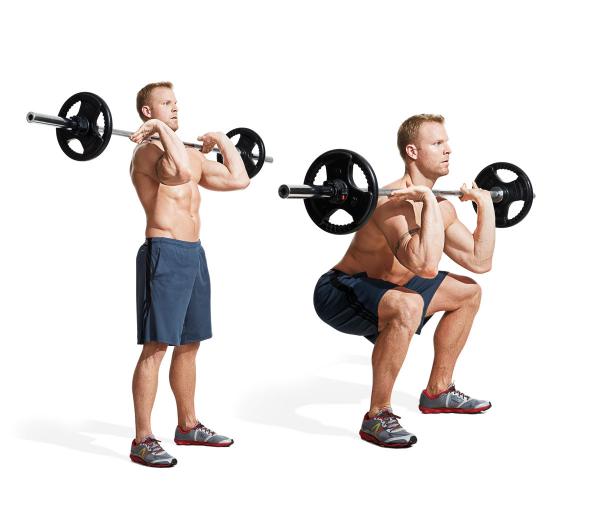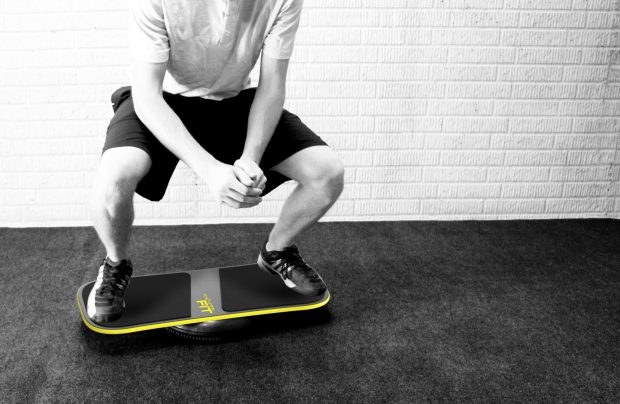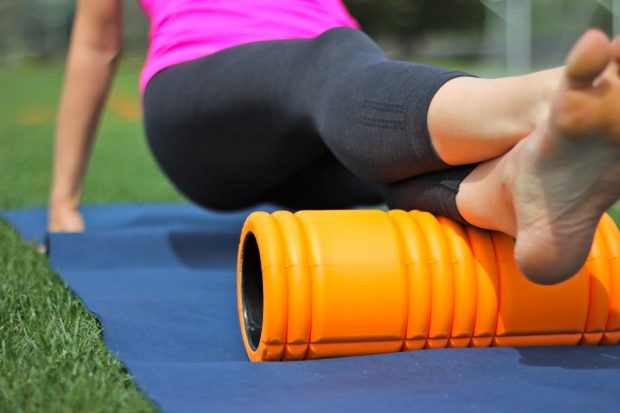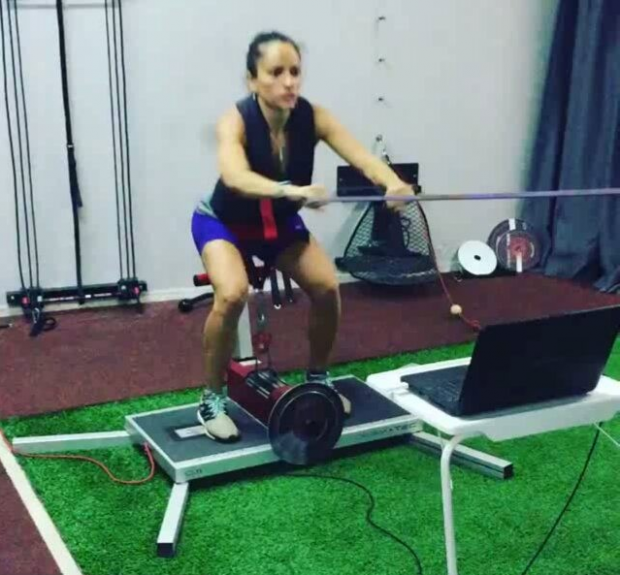Planning your workout for extreme sports
There is no doubt that extreme sports require a series of other extremes besides the extremity of the sport itself. Extreme strength, extreme endurance, extreme explosiveness; to say the least. To acquire the aforementioned, a great effort is required in the gym or outdoors. Working hard and training harder is a must to survive extreme sports. Planning ahead and focusing on developing the proper qualities, skills and physiological aspects is how extreme athletes do it. Planning your workout for extreme sports is not nuclear science. It is in fact, as for all sports, quite clear and straightforward; especially following a thorough research or with the help of a professional personal trainer.
Before anything else, preparation is the key to success – Miguel de Cervantes
The qualities that differentiate a simple gym-goer from a great athlete are simple. And on these qualities you should focus when planning your workout for extreme sports:
- Strength / functional strength
Perhaps the best way you can obtain and prolong your power output is by increasing your functional strength. You don’t have to be squatting on a balance board while slamming the battle ropes to increase your functional strength. Any exercise can be a functional one, given the right background. Prefer weighted chin-ups to bicep curls for example and front squats to back squats. If you were to land on your feet from a height, maintaining upright core stability and absorbing your body weight on the impact are key elements to a successful jump. In case that you are performing strength exercises for the first time, it might be a good idea to take some personal training sessions first added Opex Gatwick.
- Balance
The secret to immaculate balance usually lies in the deeper layers of our muscular structure. The deep layer of our core (trunk), transversus/multifidus, is responsible for stabilizing the individual spinal segments, whereas gluteus medius is stabilizing the hip joint. Strong gluteus medius and strong peroneals (the stabilizers around ankles) help in knee injuries prevention and maximize the potential power output of the quadriceps. The lower trapezius muscle of the shoulder complex is the key muscle for a correct shoulder blade position and the basis for strength development and injury prevention of the rotator cuff. Increase your balance skills with free weights and unilateral exercises, using progression exercises and moving onto free weight on unbalanced surface for example.
- Endurance
Even though genetics play an important part to an athlete’s endurance abilities, it is proven that endurance can be significantly increased through training. HIIT (High Intensity Interval Training) is perfect for increasing your endurance, density and stamina. HIIT is primarily intervals that bring you to the brink of failure yet keep you pushing your limits. Try a HIIT circuit training or HIIT running intervals and watch your stamina increasing!
- Flexibility
Many consider flexibility as of less importance to training, but not in extreme sports!!! Not in any sport to be accurate. Use free weight exercises involving full range of motion to avoid muscle tightness. Full range of motion is training your central nervous system how to relax. Use a foam roller to stretch the fascia; this is increasing both flexibility and size of the muscle – therefore strength.
- Explosiveness
Even though explosiveness can be improved with plyometric and/or jump training, these are not the only ways. Increase your explosiveness using bands or chains. Pair a small load with a large load and focus on bar speed when lifting weights for example. A method that’s increasingly being used by professional athletes across all sports is isoinertial training. Isoinertial training has more benefits for an athlete than just increasing explosiveness and can also be used for injury prevention, stability (balance) and strength; a combo way of training.
Whatever may your sport be, sport specific training is essential. I hope I’ve helped with the guidelines above. Don’t hesitate to contact us for more details or for any comments.





